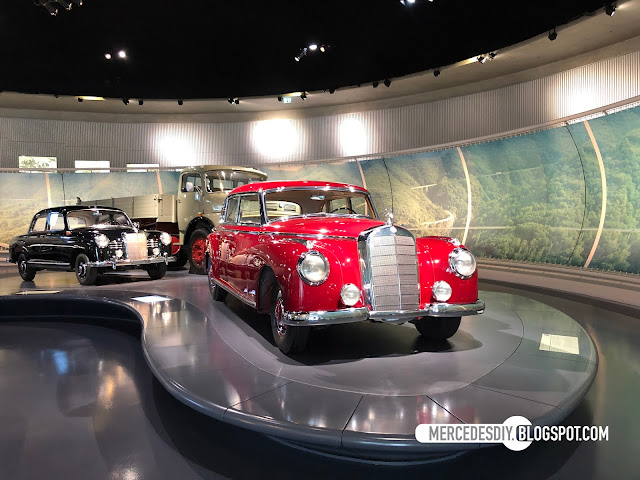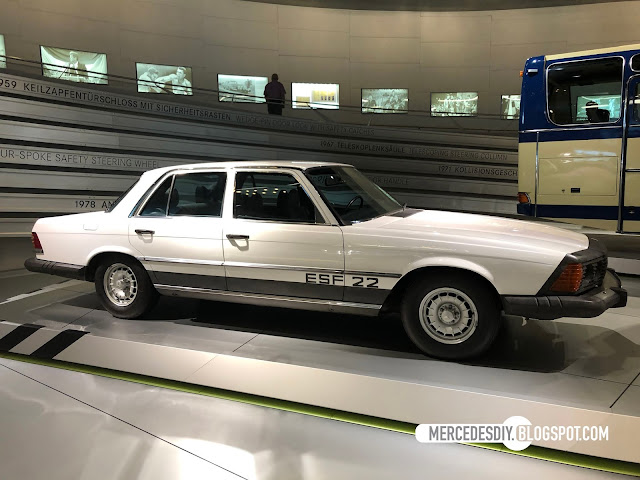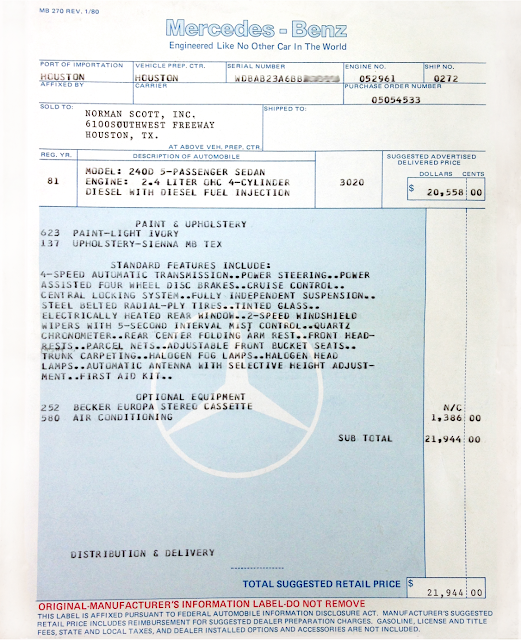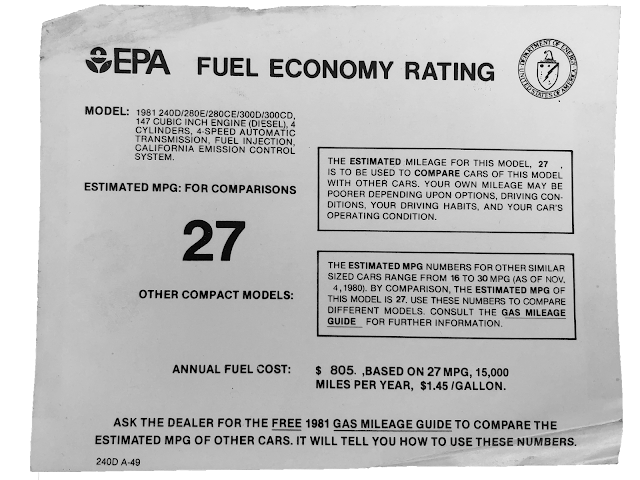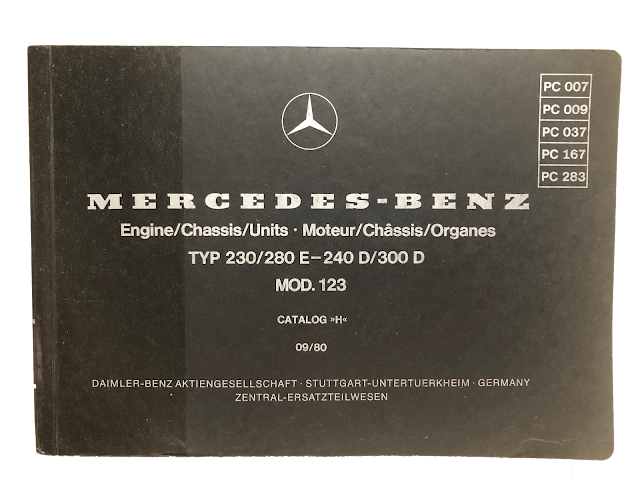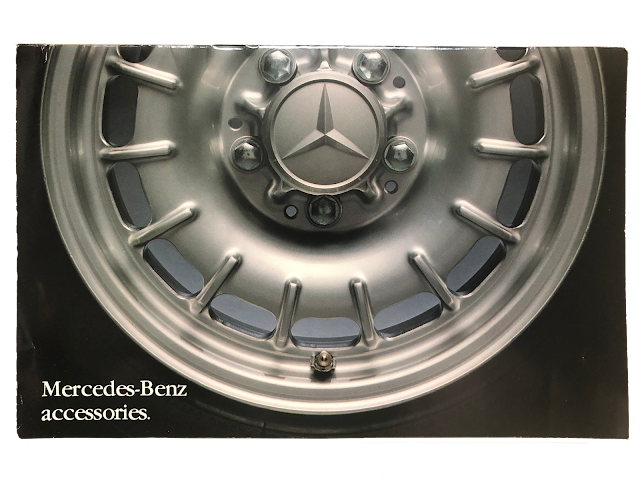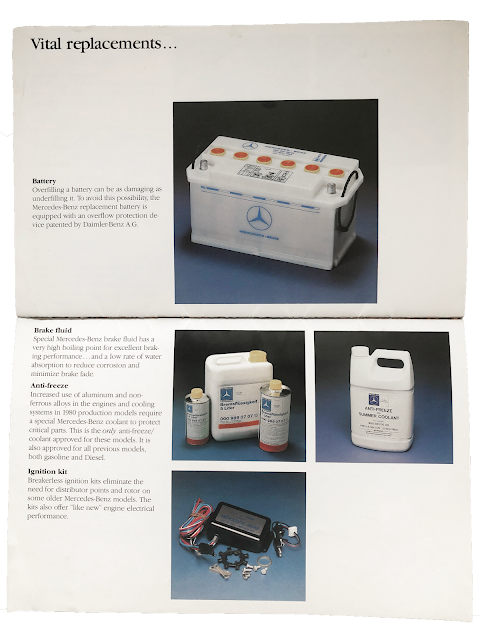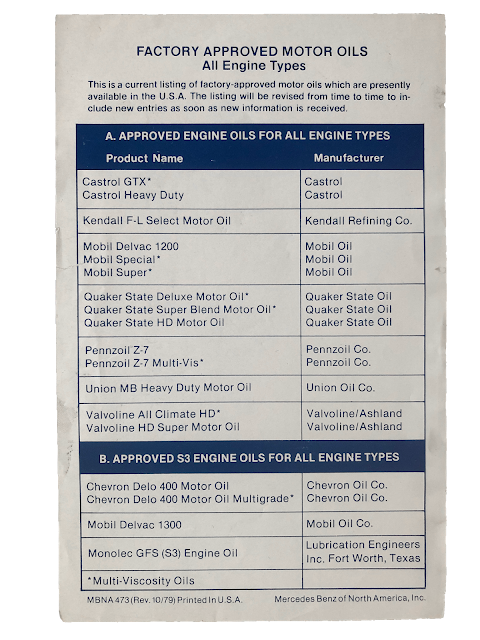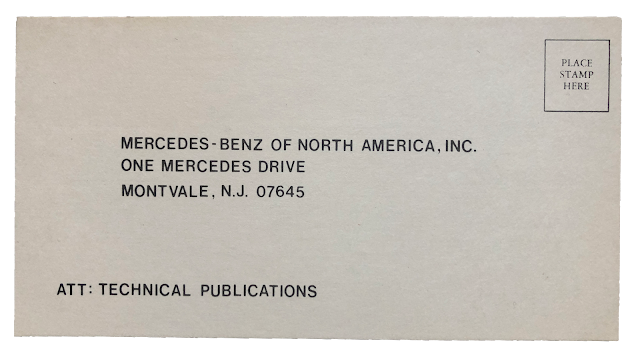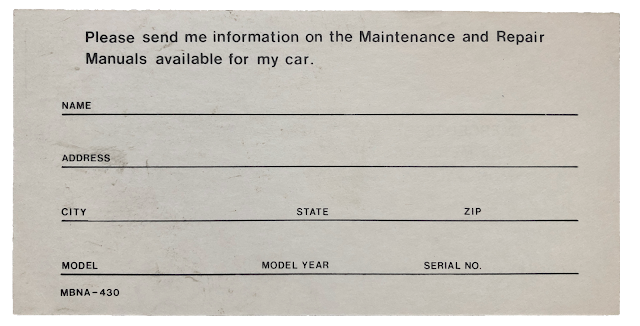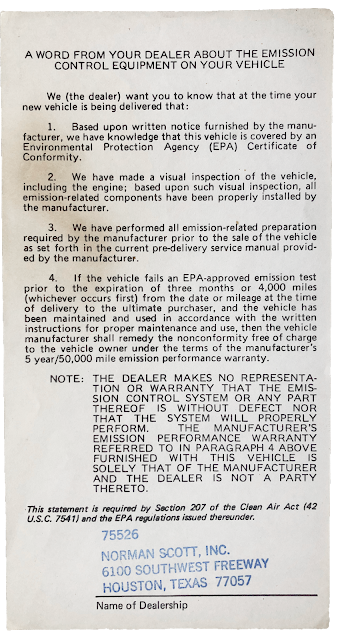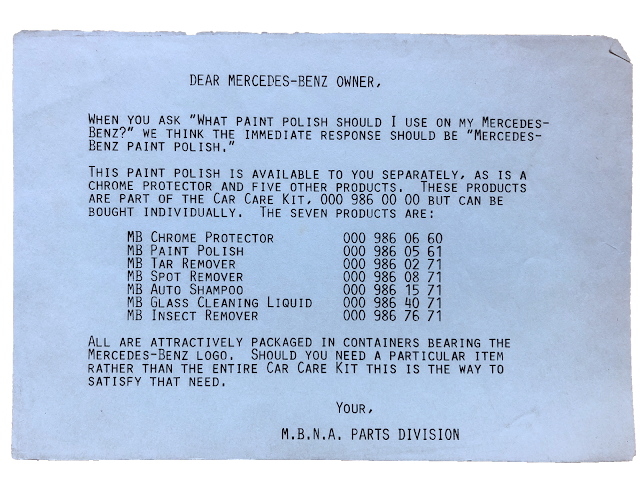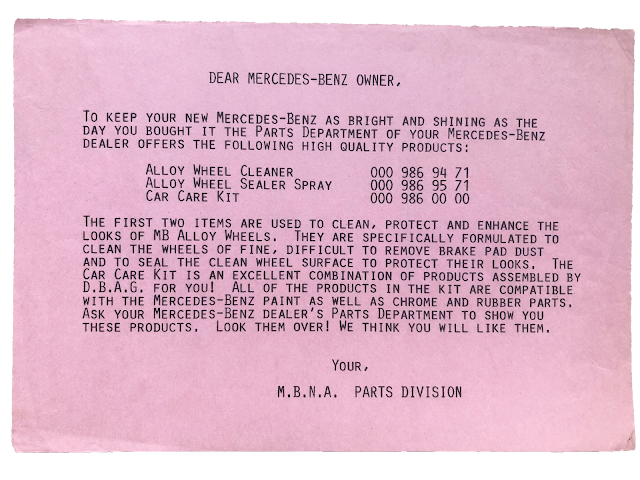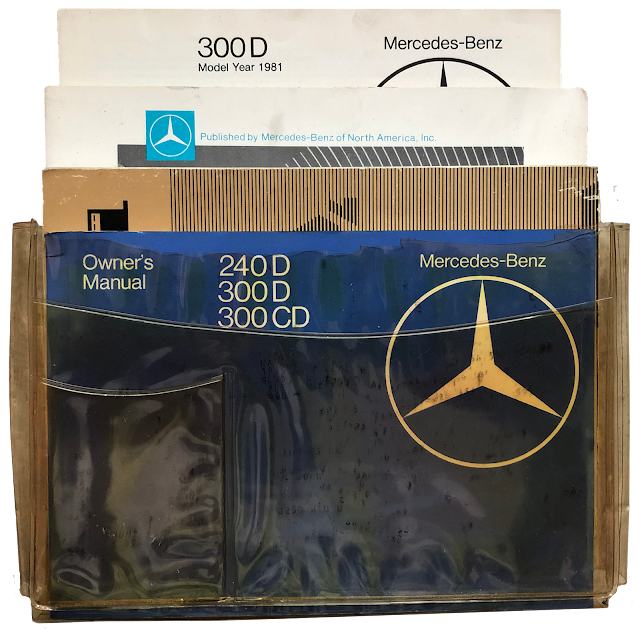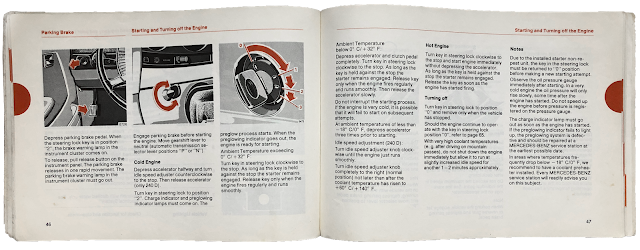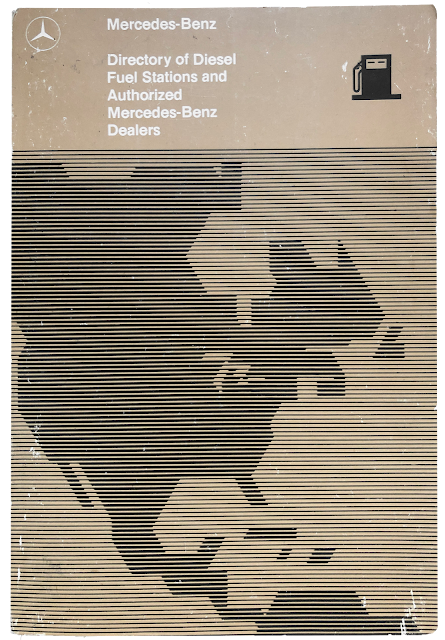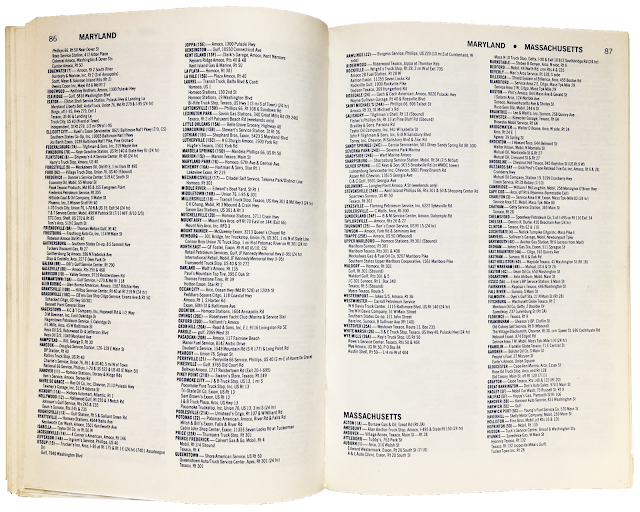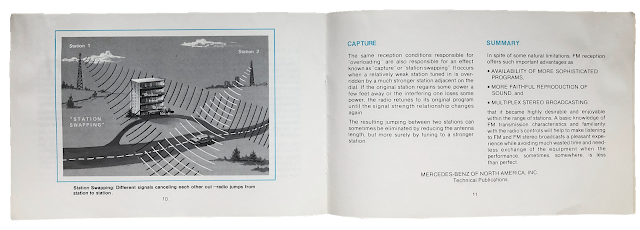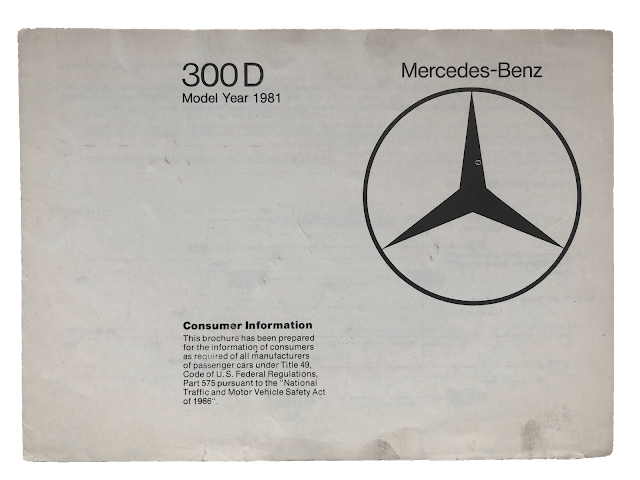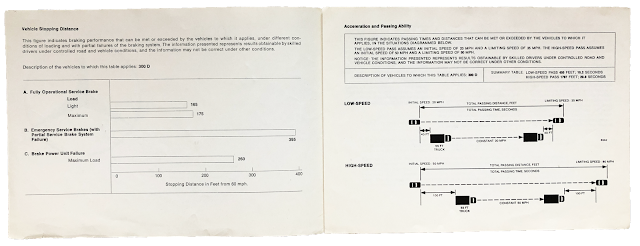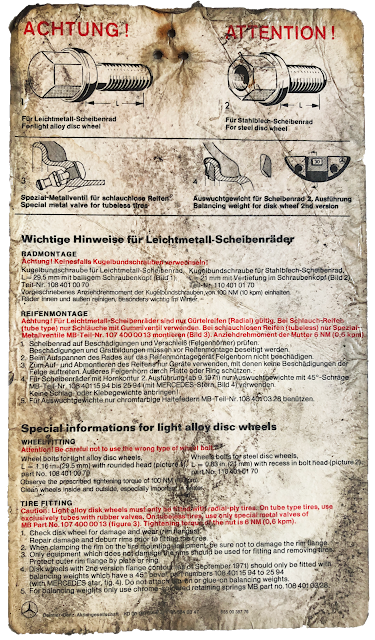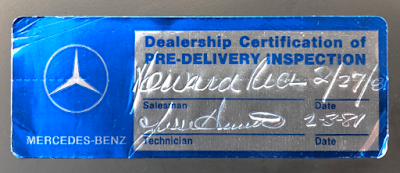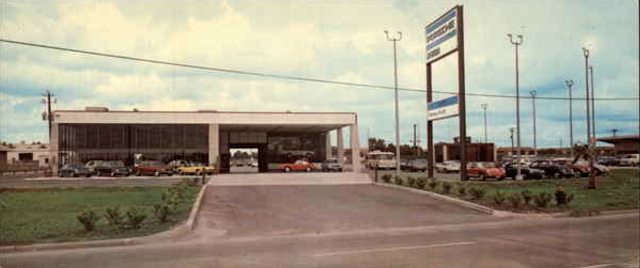Find the Best Mercedes Diesel W123
 |
| A very pampered all original 1981 Mercedes Benz 240D with 207,000 miles |
One of my readers asked what to look for when purchasing a higher mileage 240D. In this instance the car he was looking at had logged 200,000 miles. Is this still a good purchase? Let's dig and and find out.
If you are in the market for a W123 Diesel there are several things you should know before you take the plunge. This article will focus strictly on sedans and coupé models of 4 and 5 cylinder models with and without turbo. The TD model will not be discussed here as they have their own unique issues that I am personally not familiar enough with to discuss.
So just how do you find a worthy diesel W123?
LET'S DISCUSS RUST
1. Depending on where the car has lived, I wouldn't even drive it or care to know if it even runs with out first thoroughly checking for rust. Just because it is a Mercedes doesn't mean it can't suffer from sever corrosion issues.
• If at all possible get it up on a lift and check all of the sills and wheel arches carefully. If it looks too new or clean I would do a lot more digging to find out if it was repaired or if damage was covered over. If you can't get it up on a lift, make sure you get on the ground and get the best view you can with a bright flashlight. Be sure to knock on the metal, poke, squeeze etc. all around.
• Inspect the trunk. Ask to have the side plastic liners, and spare tires removed for your inspection. If the back window or trunk gasket has or is currently leaking you could have a disaster of rust on your hands to contend with. In addition check the gasket and the areas between the gasket and the fender and rear window. Gently tug on the gasket in numerous areas to make sure it still has a good seal.
• Open the hood and check the hinge areas to make sure they are free of rust and that the drain holes are free from debris. If these areas get filled with debris, the water will not drain and cause considerable rust issues.
• Should the car be equipped with a sunroof, make sure it functions well. Open it and inspect the gasket and for any rust around the perimeter of the seal and the roof portion itself. These sunroofs are prone to leak and rust. Check also the headliner for any potential water damage.
• Check the lower corners of the rear window for rust
• Lift the floor mats front and back and check for any rust from water accumulation. This can be caused by a car sitting outside with the windows left open or from windshield gasket damage or as simple as the car having been in a flood.
 |
| 1981 Mercedes Benz 240D Engine Bay |
THE MECHANICS
Mercedes built, in my opinion, the best 4 and 5 cyl. Diesel engines in existence today. Along with a stout, safe and beautiful body design, it is no doubt an icon of automotive history.
As the owner of a 1981 240D with 207,000 miles, I would not think twice about hopping in my car for a trip across the U.S. I do however know this car very well, and have become intimately involved with the car and know exactly what has been done from front to back. With that, owning a W123 is great fun, but is most enjoyed when you can drive it like any other late model car in your garage.
So, what to know, feel and listen for:
STARTING
• When you visit the car for a test drive, request the car not be run for at least 24 hours before your arrival. While you may not fully know if this happened, make sure when you turn the key to heat the glow plugs, the temp gauge reads fully cold.
Starting from fully cold will indicate several things. For one, it will give you a good idea on compression and two it will tell you if the preheat system is in good working order. Should the temps be in the 70ºF plus degree range when starting the car from cold, the amber glow plug light on the dash should remain light for approximately 4-5 seconds. In the 40ºF - 50ºF range it should take approximately 6-8 seconds and at 32ºF about 9-12 seconds.
Under the conditions mentioned above, the car should start in the first 2-3 seconds max. It may be a few seconds longer at freezing and below. If you are testing a car in freezing and below, inquire if the car has had anti-gel mixed with the diesel in order for it to flow properly. If the anti-gel has not been added the diesel will be too thick to flow.
If the system is in need of new glow plugs, other pre-heat components or has bad compression the car will likely crank for longer than normal. If the car cranks for longer than 3-5 seconds, turn the key back to the off "0" position and restart the pre-heat process again. Should the car start immediately after a second heating cycle, it will most likely indicate that the glow plugs are fowled from carbon or in need of replacement.
Should the car remain difficult to start, sputter etc., it could indicate the following: Clogged fuel tank filter, clogged primary and secondary fuel filter, injection pump timing, poor compression.
• With a fully warm excellent condition engine, the car should start almost faster than you can let go of the key. Remember a fully warm Mercedes diesel, means it was not running for the past 15 or so minutes. These engines cool down rapidly and will require a pre-heat for maximum starting efficiency.
• As soon as the engine starts, the oil pressure should indicate 3 bar within 3-4 seconds. Just as soon as you make sure that checks out, quickly get out and take a look at the color and amount of exhaust. Believe it or not, a well maintained engine should emit very little smoke which should be brownish black in color. Any blue or white should indicate more extensive engine testing be performed such as compression.
When the engine is fully warm only a very little brownish black smoke should be seen when taking off from a stop and not be visible at all from the rearview mirror once up to speed. I would personally have someone follow me and give an account for how much smoke and color when the car is under load. Many mechanics will say "all these cars smoke a lot and always have" which is not quit true. They do smoke more than a gasoline engine but should not emit a black contrail in the wake of your departure.
NOTE: If you have a 300D or 300CD turbo models, I would have that check out by a reputable mechanic who knows old Mercedes.
The following videos show start up from cold (dashboard view), start up from warm (engine view), tail pipe emissions under load,
TURNING THE ENGINE OFF
After starting the engine turn it off after about 2 minute. The engine should stop immediately while giving the car a good shake. If the engine should hesitate to stop immediately there is most likely a vacuum leak somewhere in the system or the vacuum pump is not functioning properly. If the engine does not turn off with one solid shake, there is likely a compression issue. You should definitely feel the car jolt when the key is turned off. Should the engine not turn off at all once the ignition has been turned to the off position there is most likely a bad vacuum leak due to cracked hosing. Should this happen the engine can be stopped manually by way of a lever mounted at the backside of the valve cover. Yes, Mercedes built this feature in to the system for this very reason.
CHECKING FLUIDS
As with any car, check that the crank case has the proper amount of oil. Proper for these cars are mid-way between the low and full mark. Looking at the oil is probably pointless since even brand new oil turns black as soon as you run the engine. Oil should be changed every 3000 miles for the absolute best care.
• Check the power steering fluid to make sure the fluid level is proper and the fluid is clean and does not smell burned. ATF is the proper fluid for this system.
• Pull the radiator cap and look at the water. It should be either blue or green coolant in the system. Mercedes coolant is Blue and others are generally green. In addition smell the coolant to see if it has a metallic smell. If it does and the coolant is tinged brown or hazy the coolant is old. Coolant should be changed every 2-3 years.
• Open the brake fluid reservoir and see what color the fluid is. It should be virtually clear. If it is darker it is probably old brake fluid which is hard on the braking components. Mercedes recommends break fluid to be changed every spring.
• And finally check the transmission fluid to make sure it looks clean and pink and does not have a burned smell. Also be sure it is at the proper fluid level after the car has been driven for 15 min and the engine is fully warm.
CHECK FOR LEAKS
FLUIDS
While many old cars leaked Mercedes made pretty drip free cars. Again don't let a mechanic tel you, "they all leak like that". The only way that is true is if they need seals and gaskets replaced. So, if you see drips everywhere know you will either have to live with the leaks or have them fixed.
As these cars continue to age with higher milage, be sure to check for any leaks at the transmission. Once fluid begins to seep from the servo covers the transmission is more than likely in need of a rebuild or replacement. It is important to note, a rebuilt trans replacement is not that costly. There is a very reputable Mercedes transmission rebuilder who has excellent prices and a good warranty.
INJECTORS
Injectors should be dry and return hoses should be soft. If hoses are crispy they need to be replaced immediately. If the injectors are leaking at all they will need to be rebuilt.
WATER PUMP
There should be no indication of corrosion around hosing and pump.
CHECK UNDER HOOD COMPONENTS
 |
| W123 Mercedes diesel fuel injection system |
CHECK AIR FILTER
Should be clean
CHECK BELTS
Should be tight and crack free
BATTERY TRAY
The battery trays were notorious for rusting through.
ENGINE MOUNTS
While the diesel motors do emit plenty of vibration it should not be unpleasant. Should the vibration be excessive, it may simply be the engine mounts that are bad. Due to the considerable wear and tare these mounts are subjected to, they will need replacing more frequently than that of a gasoline engine. I would only recommend Mercedes-Benz mounts as aftermarket brands have dismal results.
OTHER COMPONENTS
LIGHTS
While inspecting the car, check to make sure all the lights work. Turn the headlight knob to the right once for marker lights, second click to the right for head lights, and while in the headlight mode pull the knob one click to activate the fog lights. The knob can be pulled out one more time should the car be equipped with rear fog lights but W123's destined for America did not have the rear fog light wired. After completing that check, turn the switch back to off and turn the knob left one turn and check to see that one side of the car from and back parking lights are light and the second turn to the left will turn on the opposite side front and back. These are used in Europe when parked overnight on the street.
Also, check reverse lights, number plate lights (X2), and interior trunk light
MULTI FUNCTION STALK
WIPERS
Check wipers. Please do not run the wipers dry on the windshield unless the owner says it is ok. you can always pull the wiper arms off the glass to the fully open poison and operate them. Running wipers dry can instantly leaves marks in the glass. The W123's had three wiper settings: Delay, slow and high speed.
TURN SIGNAL
Standard operation for the turn signals. They do cancel however much later than many American cars of the day. They will cancel near the very and of your turn, but if set correctly will cancel only when the wheel has returned to almost straight ahead. Two large green arrows should flash on either side of the speedometer. Should the turn signal(s) flash rapidly either a bulb is burned out or the relay has failed. The relay for the turn signals is combined in the hazard switch button.
HIGHBEAMS
As with late model cars, pull the stalk toward you to flash lights and push forward to turn on high beams. A blue indicator light should light on the lower portion of the instrument cluster.
CRUISE CONTROL
The cruise control is operated by both vacuum and electric components. If the the car has vacuum leaks the cruise control will not work. Know also that there is a good possibility that the cruise control module will not be working or working properly after all these years. Rebuilt units can be obtained for about $250 and is an easy installation. Before doing that however be sure it is not the vacuum portion of the cruise control that is mounted under the hood. Those are considerably more costly. Or, you can just forget the car has cruise control and remove it from the vacuum system.
HORN
The horn should sound from any location on the horn pad with a very light touch.
HVAC
A number of W123's were fitted with the Delco compressor that never worked properly even from day one. While you can still get rebuilt units they are all tragic units that will only deliver a short life span and plenty of leaks. There is an excellent retrofit available to do away with these problems. More on that in a future article. Since various years had different systems, do you research on which year you are looking at and what system it has to properly test it.
GEAR CHANGE LEVER
The gate shift lever should operate very smooth and with little effort. Any play in the lever may indicate a warn or broken bushing at the transmission.
HAZARD LIGHTS
Test hazard light switch. If hazard lights do not work or work erratically, see turn signal section above.
IDLE CONTROL KNOB
Located on the dash just under the left side of the instrument cluster, is, or should be a black plastic flat knob. This knob adjusts the idle for cold starting and can also be used to increase the idle a bit while using the A/C. This knob is manually linked by Bowden cable directly to the throttle linkage. Turning the knob to the left will increase your idle while the revers will lower it. This knob however should never be turned to the left (increasing the idle) without depressing the throttle peddle. Turning the knob with out depressing the throttle often results in breaking the knob. The idle can however be turned down with out depressing the throttle peddle.
WINDOW WINDERS OR POWER WINDOWS
Test all power windows or window winders. The windows should operate smoothly and quietly in either case. Any binding during operation could be an indication of a future failure.
SUNROOF (If fitted)
Make sure it has been well taken care of and there is no evidence of rust or leaks.
VENTS
Check all HVAC vents that they can be opened and closed and otherwise adjusted as original.
DOOR LOCKS
There is a good chance that the vacuum system has leaks. If this is the case, the door locks ma not work along with the fuel filler door lock and trunk lock. If the system is leaking it may also make it difficult or impossible to turn the engine off with the ignition key. The central locking system however can disconnected from the main vacuum line and be plugged. The locks can then be operated manually.
DOORS/TRUNK
Doors should shut and latch easily and open just the same. If the doors do not close and open with precision question if the car has been in an accident or restored. In addition check all gaskets for deterioration.
HOOD
The hood should open and close with ease and the under hood insolation should be in place. If the insolation has been removed or is deteriorated, it should be replaced at once to avoid ruining the paint.
CONCLUSION
Other accessories the car may be equipped with should be looked at carefully along with careful attention to detail. Should you find a good specimen, you will have yourself a great, if not the best car on the road today.
Again, this is only a rough check list and not necessarily complete, so do your homework and feel free to reply with any questions.








